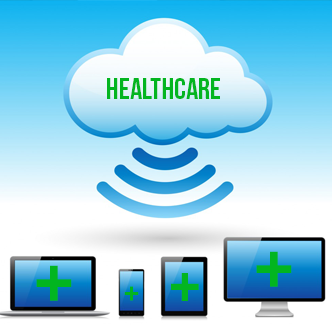Does creating your own farm at Farmville fills you with pride? Do you often forget to drink the hot coffee you just ordered because you were busy playing candy crush? You are not alone!
The game development in android and other mobile platforms have completely transformed the gaming industry. It is considered as the largest industry, surpassing revenue margins that are higher than Hollywood collections. So, what’s making the industry so big?
The mobile technology has given a mobile device to every hand. People have always had a ‘thing’ for games and with the advent of new technologies and amazing graphics the ‘thing’ has reached a new level. There are numerous games available on the app store and the competition for a game development company is too high. While, every hit game has its own unique features, there are a few traits that should be included in a game to make it more exciting and addictive.
1. Story – The desires to see what happens next is the main motivation. The game should reveal new characters and twists as it progresses to keep the players motivated and excited.
2. Easy Learning – You must have seen that every popular game has a tutorial. Or, the initial stages of the game are for learning about the players. Remember the success motto, the game should be easy to learn, but equally difficult to master.
3. Break the Story into Stages - It is important to allow the player to enjoy the feeling of accomplishment. For this, divide the game story into various stages where, overcoming each stage would be an accomplishment for the player and keep him addicted to accomplish more!
4. Challenge Friends to Compete – Offer the payers an option to share their higher score with their friends on social sites, challenging them to beat. This will not only make the game challenging and interesting, but will also help with marketing.
Deliver rewards, offer features to release aggression and motivate hunger for high scores. All these ingredients mixed will definitely allow a mobile game development company to cook an irresistible game.
The game development in android and other mobile platforms have completely transformed the gaming industry. It is considered as the largest industry, surpassing revenue margins that are higher than Hollywood collections. So, what’s making the industry so big?
The mobile technology has given a mobile device to every hand. People have always had a ‘thing’ for games and with the advent of new technologies and amazing graphics the ‘thing’ has reached a new level. There are numerous games available on the app store and the competition for a game development company is too high. While, every hit game has its own unique features, there are a few traits that should be included in a game to make it more exciting and addictive.
1. Story – The desires to see what happens next is the main motivation. The game should reveal new characters and twists as it progresses to keep the players motivated and excited.
2. Easy Learning – You must have seen that every popular game has a tutorial. Or, the initial stages of the game are for learning about the players. Remember the success motto, the game should be easy to learn, but equally difficult to master.
3. Break the Story into Stages - It is important to allow the player to enjoy the feeling of accomplishment. For this, divide the game story into various stages where, overcoming each stage would be an accomplishment for the player and keep him addicted to accomplish more!
4. Challenge Friends to Compete – Offer the payers an option to share their higher score with their friends on social sites, challenging them to beat. This will not only make the game challenging and interesting, but will also help with marketing.
Deliver rewards, offer features to release aggression and motivate hunger for high scores. All these ingredients mixed will definitely allow a mobile game development company to cook an irresistible game.
